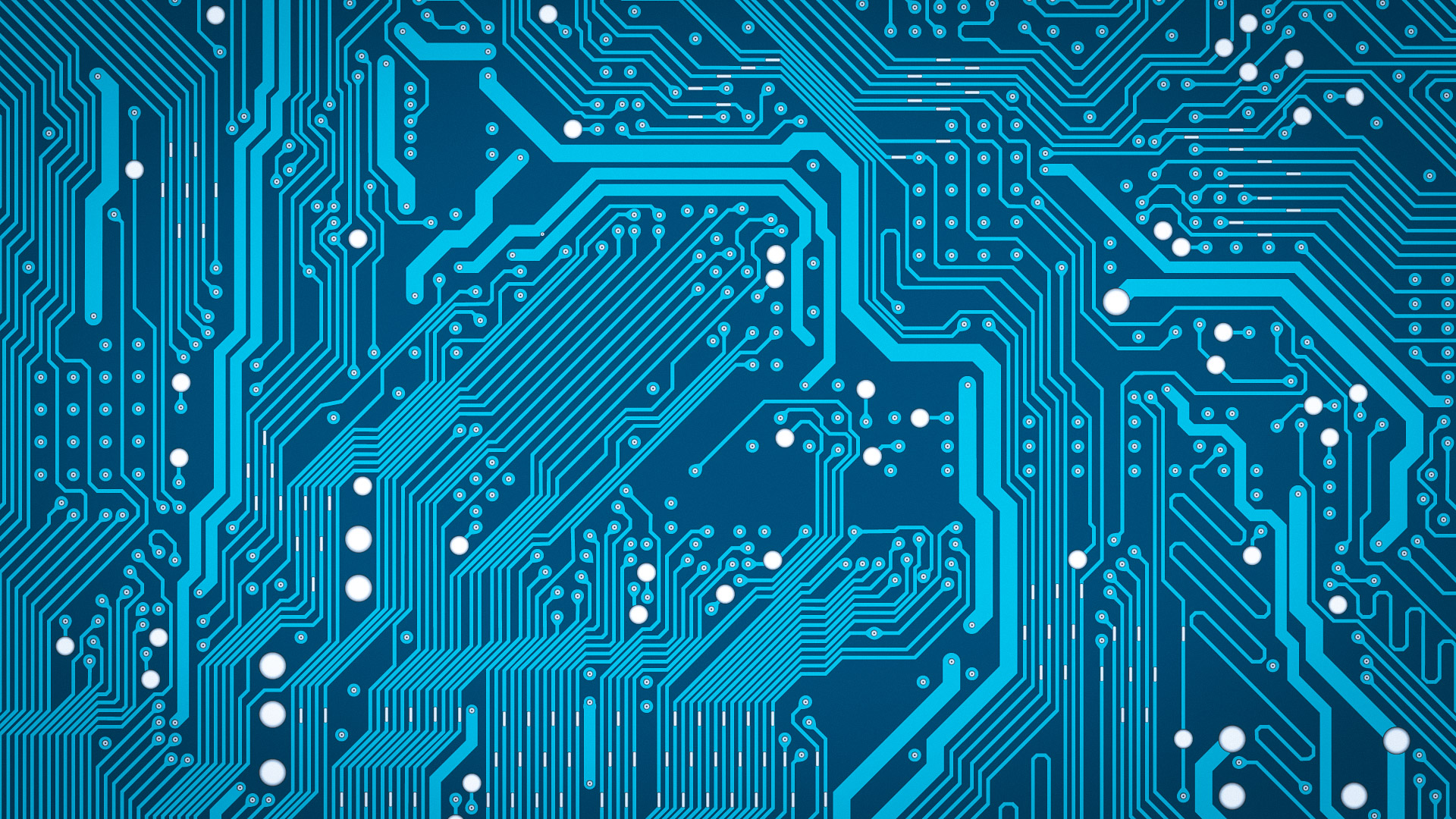
Understanding Printed Circuit Boards (PCBs): The Backbone of Electronics
Printed Circuit Boards (PCBs) are an essential component of modern electronics, serving as the structural and electrical backbone that connects various electronic components and ensures the functionality of devices we use daily. In this article, we will explore the world of PCBs, their importance, and the key aspects that make them such a critical element in the world of technology. For further information, check out PCB circuit board assembly.
What Are Printed Circuit Boards?
A Printed Circuit Board, often referred to as a PCB, is a flat board made of non-conductive material, usually fiberglass-reinforced epoxy, with conductive pathways etched or printed onto its surface. These conductive pathways, commonly known as traces or copper tracks, form the intricate network that allows electrical signals to flow between components on the board.
The Role of PCBs in Electronics
PCBs play a pivotal role in the functionality and organization of electronic devices. They serve several essential purposes:
1. Component Mounting:
PCBs provide a stable platform for attaching various electronic components, such as resistors, capacitors, integrated circuits, and connectors. These components are soldered onto the board, creating a compact and organized arrangement.
2. Electrical Connectivity:
The copper traces on a PCB act as highways for electrical signals to travel between different components. This connectivity is essential for data transfer, power distribution, and the overall operation of the device.
3. Signal Routing:
PCBs are designed with specific trace patterns that route signals to their intended destinations. Careful layout and design ensure that signals reach the correct components, reducing the risk of interference or signal loss.
4. Mechanical Support:
Apart from electrical connectivity, PCBs also provide mechanical support to the components. They hold everything in place and prevent components from moving or becoming dislodged during handling or operation.
Types of PCBs
There are several types of PCBs, each designed to suit different applications and requirements:
1. Single-Sided PCBs:
These boards have conductive traces on only one side of the PCB substrate. They are cost-effective and suitable for simple electronic devices with minimal components.
2. Double-Sided PCBs:
Double-sided PCBs have conductive traces on both sides of the board, allowing for more complex circuit designs and a higher component density.
3. Multi-Layer PCBs:
For highly complex electronic systems, multi-layer PCBs are used. They consist of multiple layers of substrate, with conductive traces running through them. This design enables the interconnection of numerous components and reduces the board's overall size.
4. Rigid and Flexible PCBs:
Rigid PCBs are the standard, inflexible boards used in most electronic devices. Flexible PCBs, on the other hand, are bendable and ideal for applications where the board needs to conform to a specific shape or space.
PCB Manufacturing Process
Creating a PCB involves a meticulous manufacturing process:
1. Design:
Engineers use specialized software to design the PCB layout, specifying the placement of components, trace routing, and layers.
2. Substrate Preparation:
The chosen substrate material, often fiberglass-reinforced epoxy, is prepared and cut into the desired board size.
3. Copper Layer:
A thin layer of copper is applied to the substrate's surface, covering both sides for double-sided PCBs.
4. Etching:
Using chemical etching or other methods, excess copper is removed, leaving behind the desired copper traces as per the design.
5. Drilling and Component Mounting:
Holes are drilled for component leads and vias (connections between layers). Components are then soldered onto the board.
6. Testing:
Each PCB undergoes thorough testing to ensure all connections are correct and that there are no defects.
7. Final Assembly:
After passing inspection, the PCB is integrated into the electronic device during the final assembly stage.
Conclusion
Printed Circuit Boards are the unsung heroes of modern electronics, serving as the foundation upon which our gadgets and devices are built. Without these intricate and precisely designed boards, our world of interconnected technology would not be possible. Understanding the importance of PCBs allows us to appreciate the complex network of connections that make our devices work seamlessly, day in and day out.